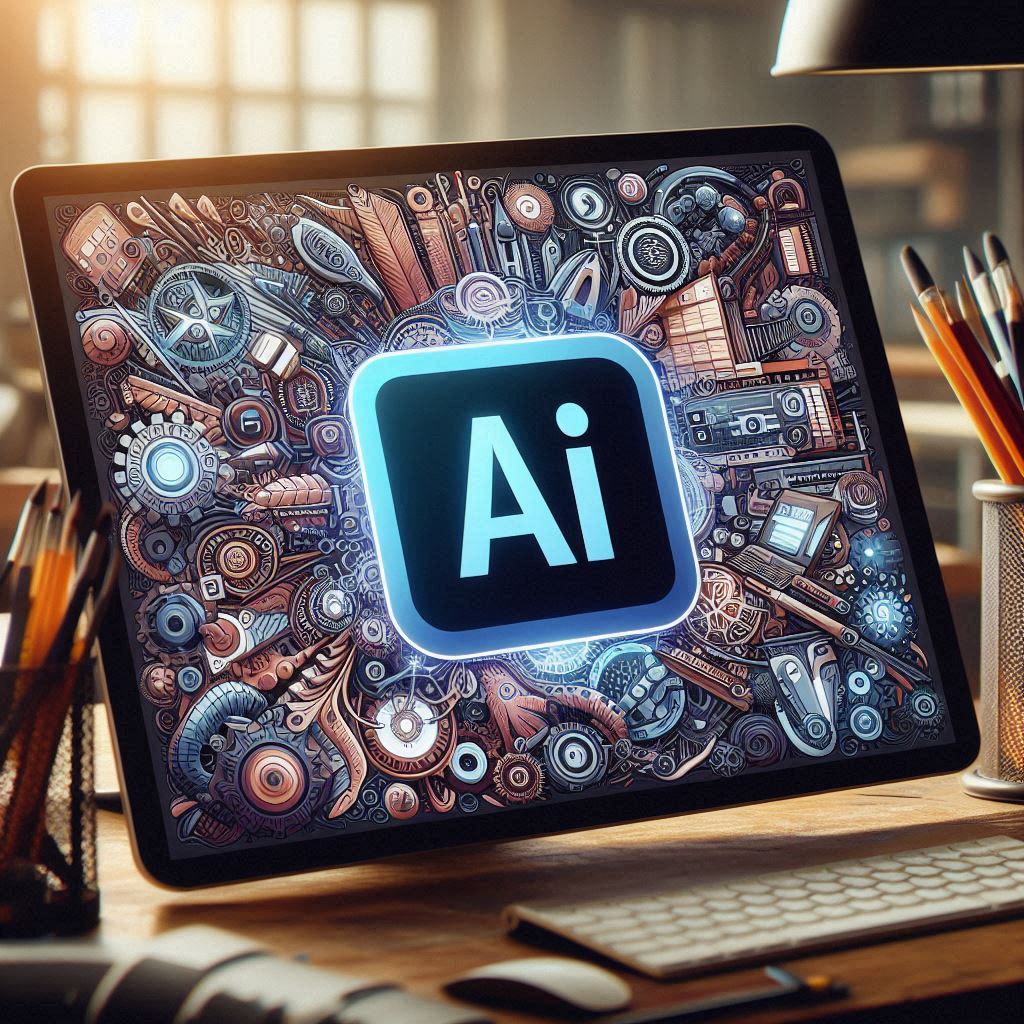In the ever-evolving world of digital design, staying ahead of the curve is crucial. One tool that has revolutionized the way designers work is the AI (Adobe Illustrator) Converter. At imagetools.online, we understand the significance of efficient and innovative tools that help designers bring their visions to life. In this article, we'll explore what AI is, delve into the capabilities of an AI Converter, and discuss how it can enhance your design process.
What is AI (Adobe Illustrator)?
Adobe Illustrator, often referred to as AI, is a vector graphics editor developed by Adobe Inc. It is widely used by graphic designers, artists, and illustrators to create scalable graphics that can be resized without losing quality. Unlike raster graphics, which are made up of pixels, vector graphics are based on mathematical equations, making them ideal for logos, icons, and illustrations that need to be displayed at various sizes.
Adobe Illustrator provides a robust set of tools for creating intricate designs, from simple shapes to complex illustrations. It supports multiple artboards, allowing designers to work on several projects simultaneously. With features like the Pen tool, Type tool, and various brushes, Illustrator empowers designers to create precise and detailed artwork.
Understanding Image to AI Converters
An Image to AI Converter is a powerful tool that transforms raster images (such as JPEGs, PNGs, or BMPs) into vector graphics that can be edited in Adobe Illustrator. This conversion process is incredibly valuable for designers who want to take existing images and refine them or incorporate them into their vector-based projects.
The process typically involves several steps:
- Image Import: The raster image is imported into the converter tool.
- Tracing: The converter analyzes the image and creates paths and shapes that represent the image as vector graphics.
- Editing: The resulting vector image can be edited in Adobe Illustrator, allowing for adjustments, scaling, and customization without losing quality.
Benefits of Using an Image to AI Converter
-
Scalability: One of the primary advantages of converting images to vector format is scalability. Vector graphics can be resized infinitely without losing clarity or quality, making them perfect for logos, illustrations, and other design elements that need to appear sharp at any size.
-
Editability: Once an image is converted to vector format, it becomes fully editable in Adobe Illustrator. Designers can tweak shapes, adjust colors, and modify paths to achieve the desired look.
-
File Size: Vector files are generally smaller in size compared to high-resolution raster images. This is especially beneficial when working with large projects or sharing files with clients and collaborators.
-
Flexibility: Converting images to vector format opens up a world of creative possibilities. Designers can combine vector elements with other illustrations, apply various effects, and create unique compositions that would be difficult to achieve with raster images alone.
How to Use an Image to AI Converter
Using an Image to AI Converter is straightforward, especially with the tools available at imagetools.online. Here's a step-by-step guide to help you get started:
-
Select Your Image: Choose the raster image you want to convert. This could be a photograph, a scanned drawing, or any other image in a raster format.
-
Upload the Image: Use the upload feature on imagetools.online to upload your selected image.
-
Convert the Image: Once the image is uploaded, select the conversion option to transform your raster image into a vector format compatible with Adobe Illustrator.
-
Download the Vector File: After the conversion process is complete, download the vector file. This file can now be opened and edited in Adobe Illustrator.
-
Edit and Refine: Open the downloaded vector file in Adobe Illustrator. Use the wide array of tools available to refine and customize the vector image to suit your project needs.
Enhancing Your Design Workflow
Incorporating an Image to AI Converter into your design workflow can significantly enhance efficiency and creativity. Here are a few tips to maximize its potential:
-
Experiment with Settings: Many converters offer various settings for tracing and converting images. Experiment with these settings to achieve the best results for different types of images.
-
Combine Vector Elements: Don’t hesitate to combine the converted vector image with other vector elements. This can add depth and complexity to your designs.
-
Utilize Illustrator's Tools: Once you have your vector image in Illustrator, take full advantage of the software’s tools. Use the Pen tool for precise adjustments, the Color Guide for harmonious color schemes, and the Pathfinder tool for creating complex shapes.
-
Save and Share Efficiently: Vector files are generally smaller and more manageable than high-resolution raster files. Save your work frequently and share it easily with clients and collaborators without worrying about file size limitations.
Future of AI Converters
As technology continues to advance, so too will the capabilities of AI Converters. We can expect even more accurate and efficient conversions, allowing designers to seamlessly integrate raster images into their vector-based projects. At imagetools.online, we are committed to providing the latest and most effective tools to support your creative journey.
Conclusion
An Image to AI Converter is an invaluable tool for any designer working with Adobe Illustrator. It bridges the gap between raster and vector graphics, offering scalability, editability, and flexibility. By incorporating this tool into your workflow, you can enhance your designs and streamline your creative process. Visit imagetools.online today to explore our Image to AI Converter and take your designs to the next level.
